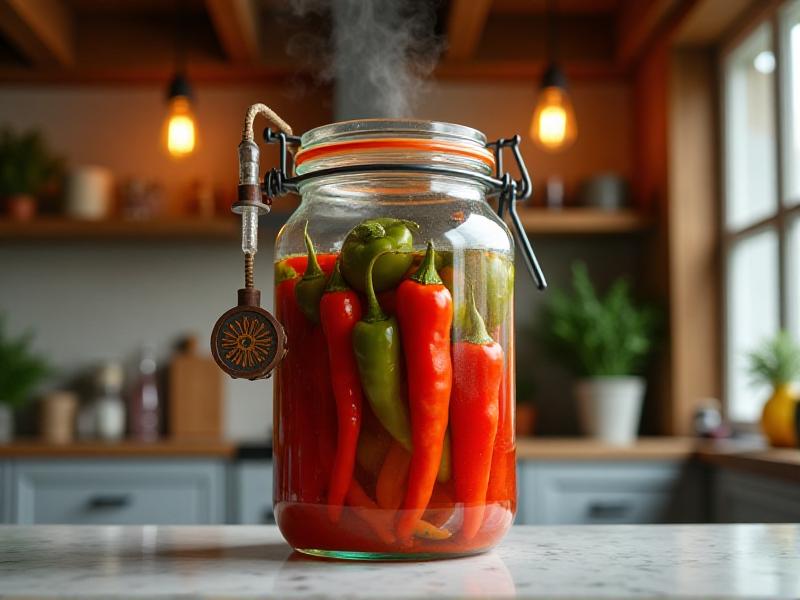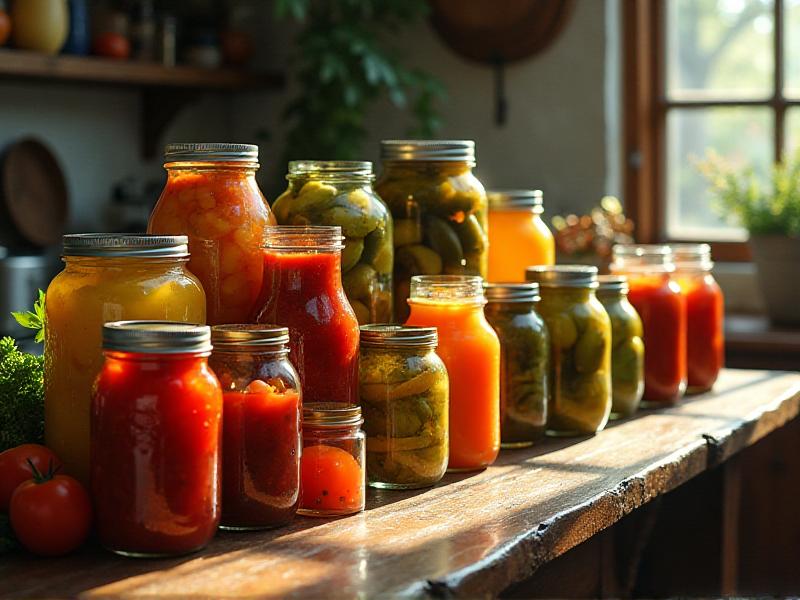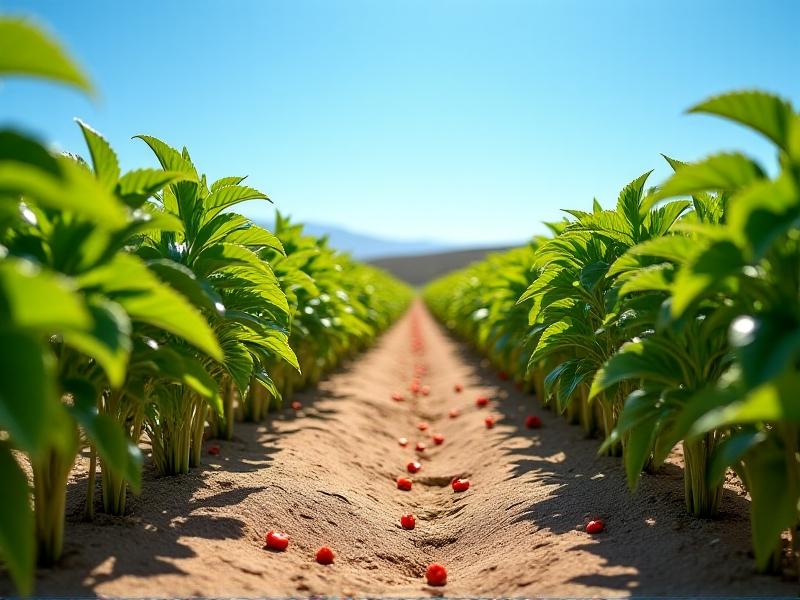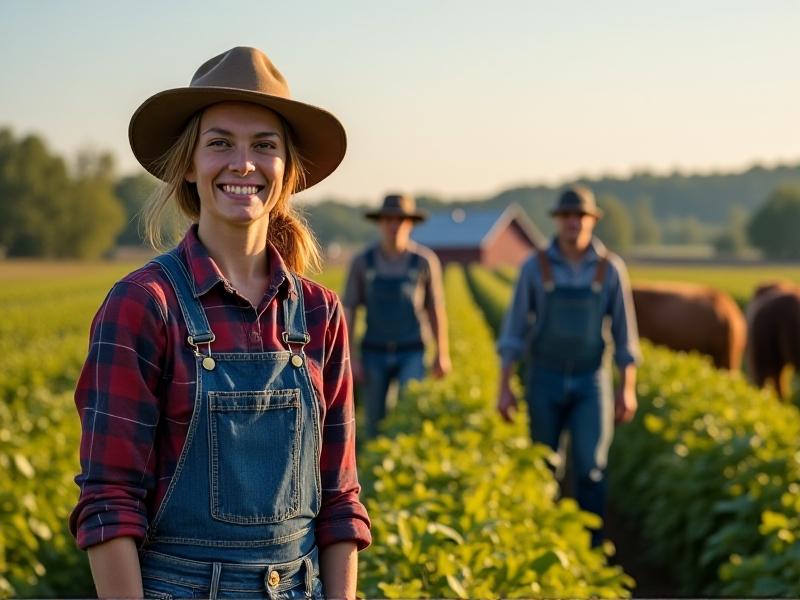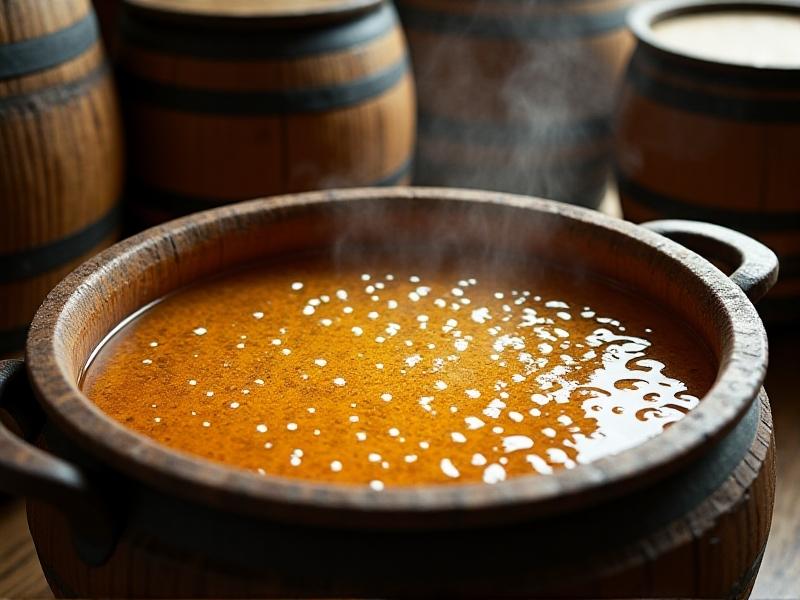Chili Seed Saving Collaborations
The Importance of Chili Seed Saving
Chili peppers are more than just a spicy addition to meals; they are a vital part of agricultural biodiversity. Saving chili seeds is crucial for preserving heirloom varieties, ensuring food security, and adapting to changing climate conditions. By saving seeds, farmers and gardeners can maintain unique genetic traits that might otherwise be lost. Collaborations in chili seed saving amplify these benefits, bringing together communities, researchers, and enthusiasts to share knowledge and resources.
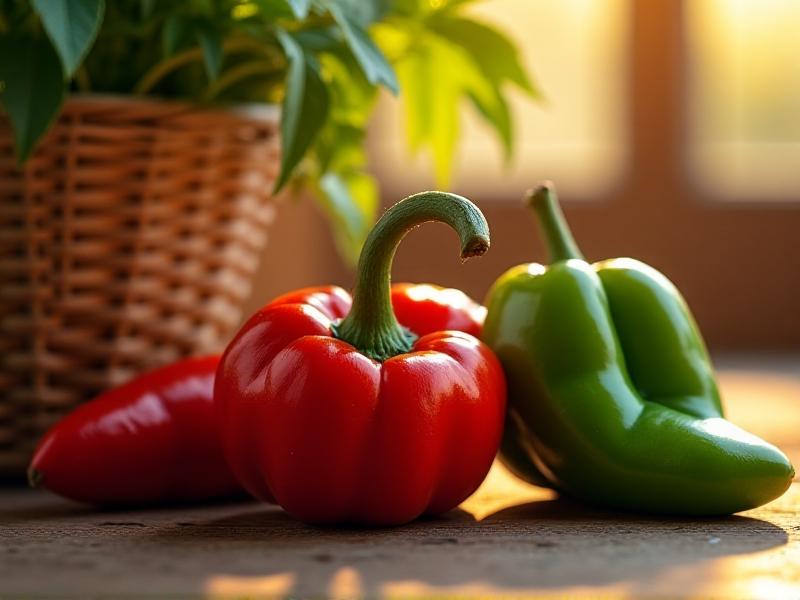
Historical Roots of Chili Cultivation
Chili peppers have a rich history that dates back thousands of years, originating in the Americas and spreading across the globe through trade and exploration. Indigenous communities were the first to cultivate and save chili seeds, recognizing their culinary and medicinal value. Today, this ancient practice continues, with modern collaborations drawing inspiration from traditional methods. Understanding the historical context of chili cultivation helps us appreciate the cultural significance of seed saving and its role in sustaining biodiversity.
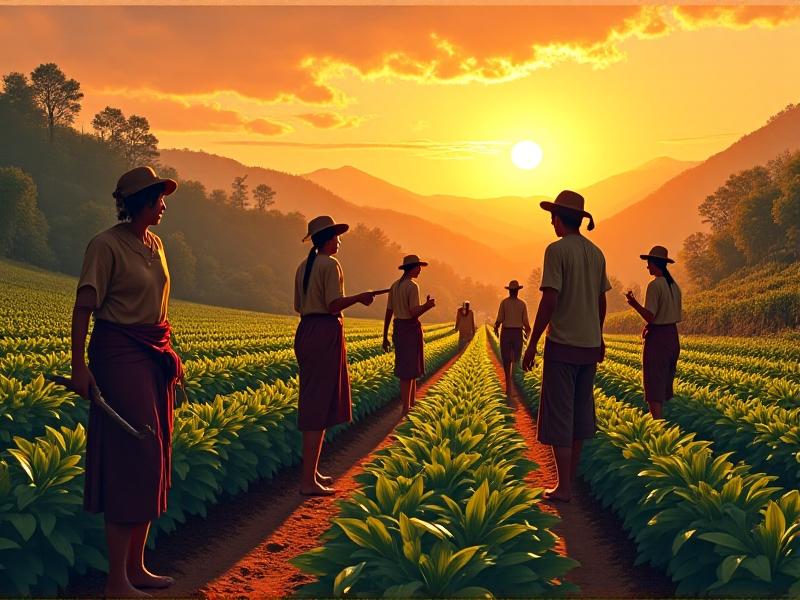
Building Communities Through Seed Saving
Chili seed saving collaborations are not just about preserving plants; they are about building communities. These initiatives bring together people from diverse backgrounds, including farmers, gardeners, chefs, and scientists, who share a common passion for chili peppers. Workshops, seed swaps, and online forums provide platforms for exchanging seeds, knowledge, and experiences. These interactions foster a sense of belonging and collective responsibility, empowering participants to contribute to global conservation efforts.

The Science Behind Seed Preservation
Seed saving is both an art and a science. Proper preservation techniques ensure that chili seeds remain viable for future planting. This involves understanding factors like seed maturity, drying methods, and storage conditions. Collaborations often include scientific research to improve these techniques, ensuring that seeds retain their genetic integrity. Advances in biotechnology, such as DNA sequencing, also play a role in identifying and preserving unique chili varieties, making seed saving a cutting-edge field of study.
Challenges in Chili Seed Saving
Despite its importance, chili seed saving faces several challenges. Climate change, loss of agricultural land, and the dominance of commercial seed companies threaten the diversity of chili varieties. Collaborations must address these issues by promoting sustainable farming practices, advocating for policy changes, and raising awareness about the value of seed saving. Overcoming these challenges requires collective effort and innovation, ensuring that chili peppers continue to thrive for generations to come.
Global Collaborations in Seed Saving
Chili seed saving is a global endeavor, with collaborations spanning continents. International organizations, universities, and grassroots initiatives work together to preserve chili diversity. Projects like seed banks, community gardens, and research partnerships ensure that chili varieties are protected and shared worldwide. These collaborations also promote cultural exchange, as participants learn about different chili varieties and cultivation practices from around the globe.
How to Start Your Own Chili Seed Saving Project
Starting a chili seed saving project is easier than you might think. Begin by selecting healthy, mature chili peppers from your garden or local market. Extract the seeds, dry them thoroughly, and store them in a cool, dark place. Join local or online seed-saving communities to share your seeds and learn from others. Document your process and share your experiences to inspire others. With a little effort, you can contribute to the preservation of chili diversity and become part of a global movement.
The Future of Chili Seed Saving
The future of chili seed saving looks promising, thanks to the dedication of individuals and organizations worldwide. Advances in technology, increased awareness, and stronger collaborations are paving the way for greater conservation efforts. By continuing to innovate and work together, we can ensure that the rich diversity of chili peppers is preserved for future generations. The journey of chili seed saving is a testament to the power of community and the enduring value of biodiversity.

